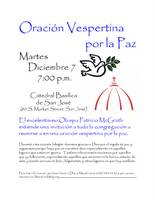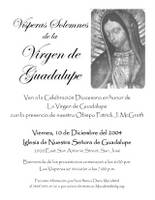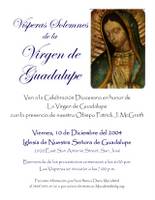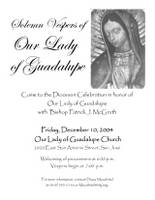
Waiting isn’t always easy. And I’m not talking about the “waiting for the copy machine to warm up” kind of waiting.
In college, my friend was tested for HIV, and we waited together a week for her results. During that week, we prayed and we talked about “what if.” She told me about her dreams, her fears, the people she cared about, the things she’s always wanted to do, and she confessed to me her regrets. That week, she began to see life differently, more clearly. All the things she had thought were important weren’t so important anymore. Slowly, the falseness was being stripped away, and what was left behind at the end of that week was a truer person—one who wanted to plunge into every moment of life, no matter what, instead of sleepwalk through it.
At its best, Advent waiting transforms us in the same way. We aren’t confronted with the possibility of a life-altering disease, but we
are shown a glimpse of “what if.” What if swords really became plow-shares, dead stumps grew into fertile trees, wolves and lambs, lions and children play together, and deserts bloom? What if the blind see, the deaf hear, the mute sing, and the virgin conceive? What if, just what if God became like you and me? When the world gets turned upside down like this, where death is life and where the divine is as close as breath, you can’t take anything for granted anymore.
When we approach our Advent waiting as a radical time of transformation—like the cold turkey days of an alcoholic who’s sworn off drink, and this time means it—instead of just a reason to change colors in the church, then Advent becomes more than just a liturgical hiatus until Christmas. If we let it, our Advent sobriety has the power to strip us of everything that we really don’t need. It calls us to slough off all the excess of our lives that keeps us from seeing who we really are underneath—an image of God in human skin. Advent commands us to take only what is necessary on the ark and jolts us awake from our sleepwalk so that we don’t ever again miss recognizing God-With-Us every day of our lives.
But unlike that week of waiting with my friend, Advent transformation isn’t born out of fear. It comes from joy because the promise has already been given. For those with the eyes of faith, “what if” has already happened. God
is already with us. The reign is at hand. Heaven is already here. And nothing will break God’s promise.
Our Advent mission then is to make the world look more like the heaven that we already see by faith. We do this by focusing on the essentials—the basic things every human needs in order to reflect the divine. The poor have to be cared for, the hungry have to be fed, the homeless have to be sheltered, and the sick need to be healed. Forgiveness has to be offered, those at war must stop, and peace must be our legacy.
And so during Advent, we abstain from the flurry of Christmas not as a penitential punishment, but as a way to train our eyes to see God even without the angels and trees, crèches and stars. We focus instead on the basics of light in the darkness, silence in the chaos, and stillness in the turmoil. It’s almost as if Advent calls us to faith in the Real Absence of Christ—to believe in Emmanuel even in our darkness, in God-With-Us even when we hear no answer, and in the Incarnation even when we feel nothing at all.
My friend turned out to be negative on her test for HIV. She felt like she got her life back. But she had already begun to recover her life—her true life—when she first confronted “what if.” Christ has already shown us “what if” when he rose from the dead, and ever since his ascension, we have been living in a continuous season of Advent, waiting for Christ to come again to complete God’s “what if.” Until then, let us live each day awake and faithful to God’s promise, so that we can make this world of war and hatred, poverty and horror, unemployment, divorce, abuse, and apathy a truer reflection of God with us and heaven already here.
In this week’s
DSJ Liturgy Notes, you’ll find:
I know you’ve waited a long while for this edition of Work of the People. Thanks for checking in during your wait and for letting me know that you miss it. During this Advent, let us all wake up to all our “what ifs” and encourage each other as we wait in joyful hope for the coming of our savior Jesus Christ.
Diana Macalintal
Associate for Liturgy

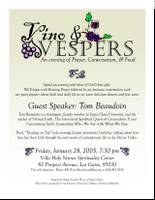
.1.jpg)
